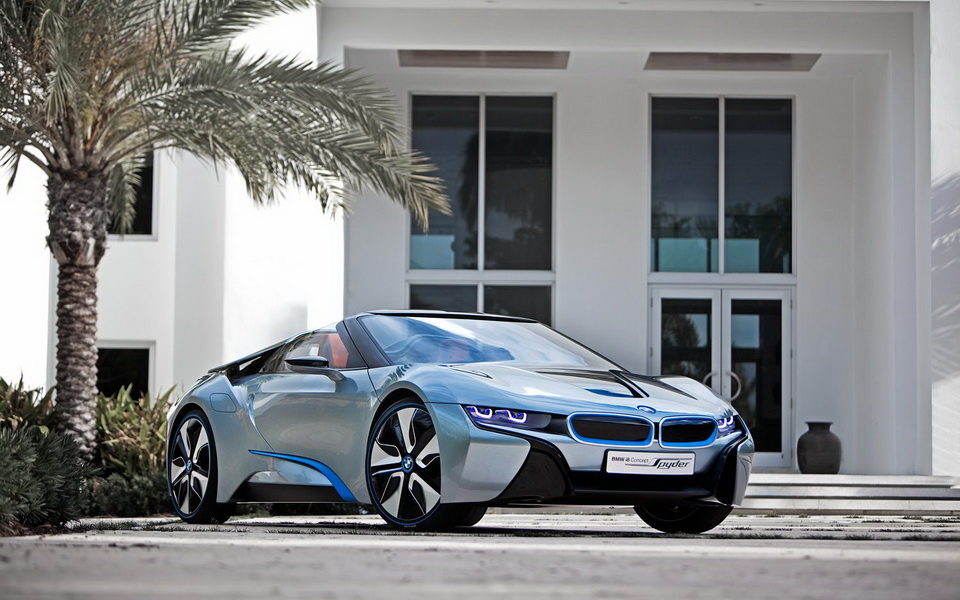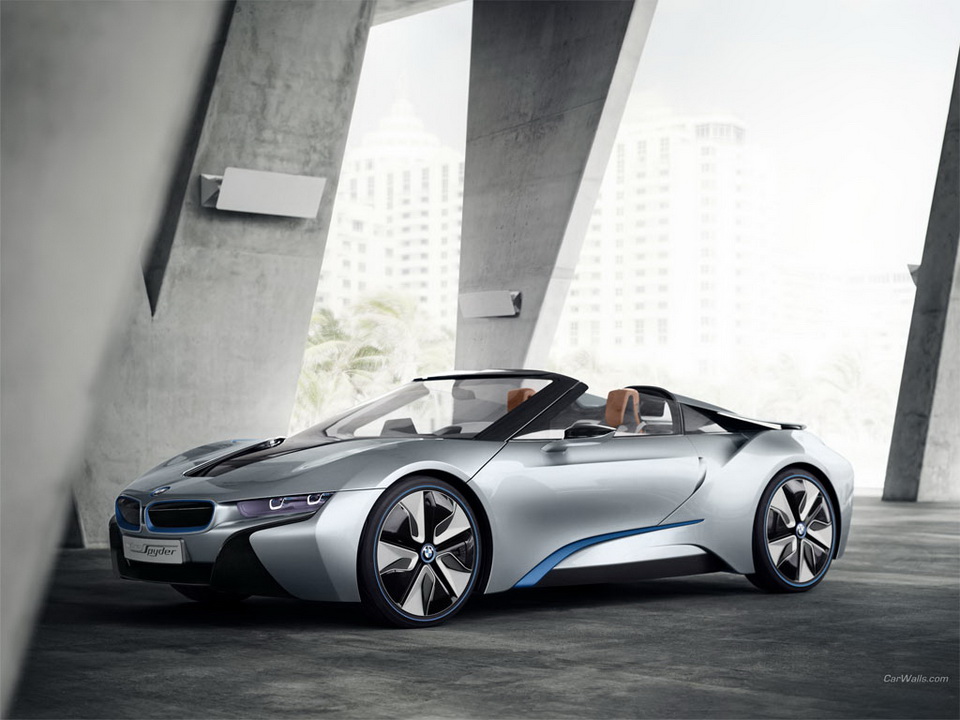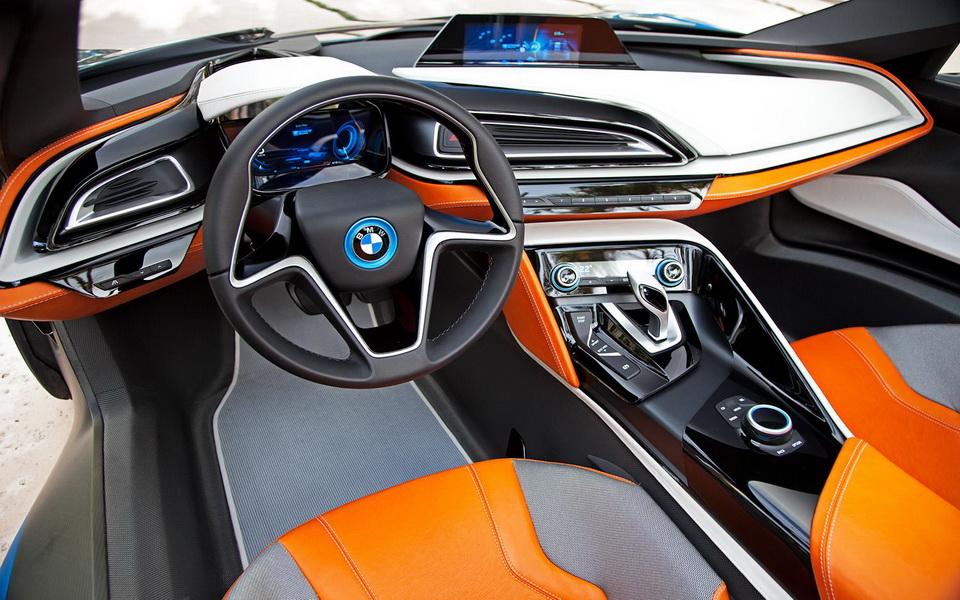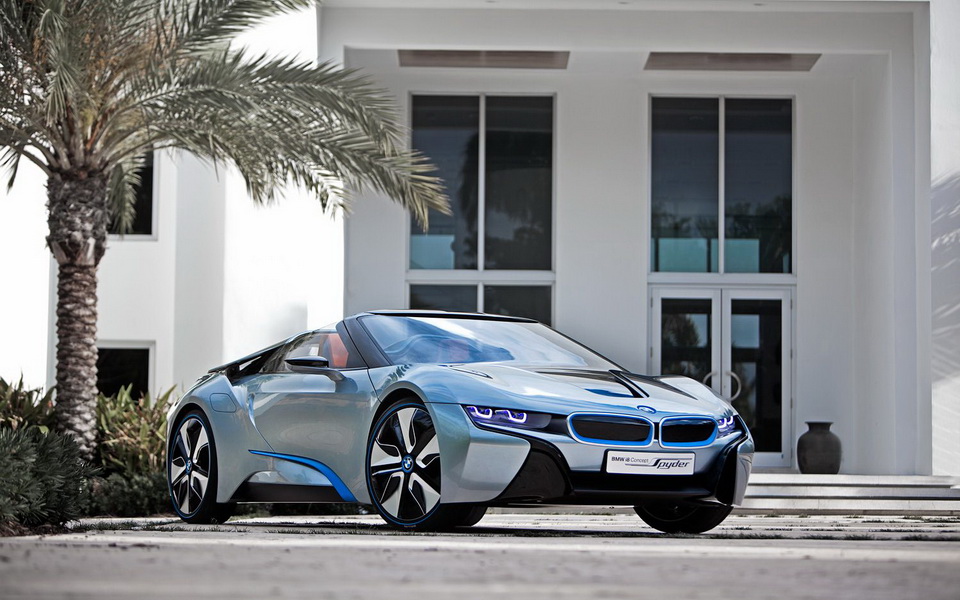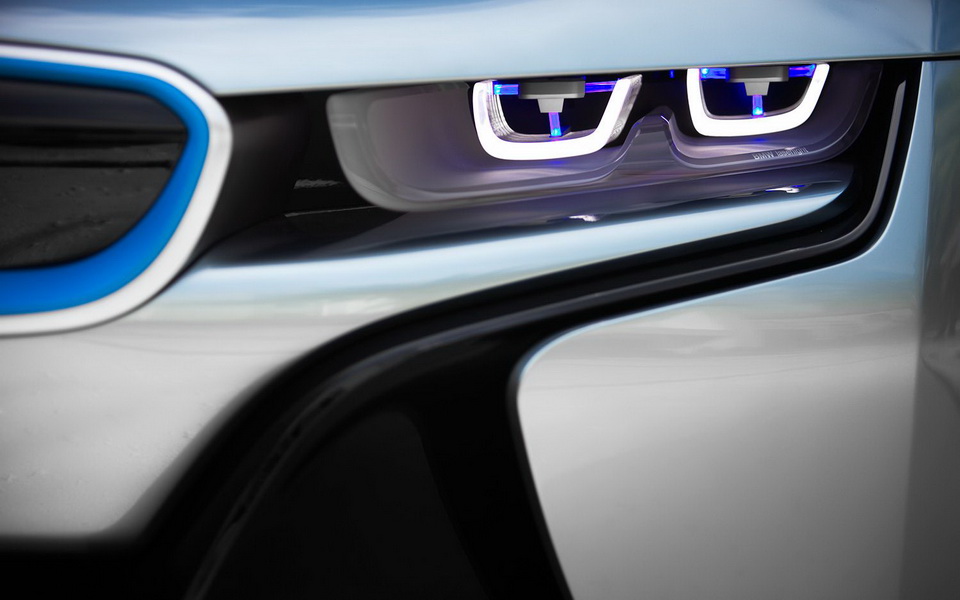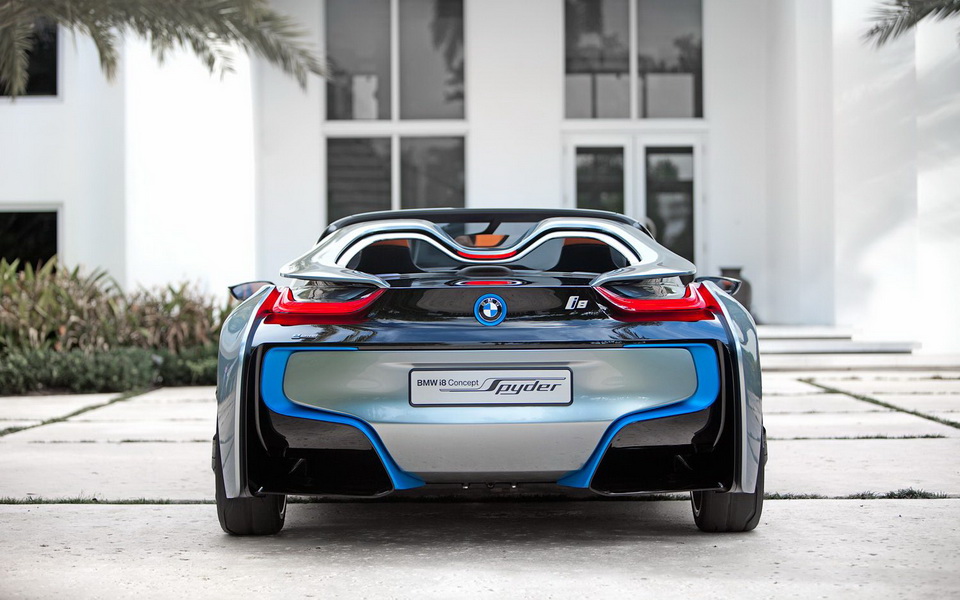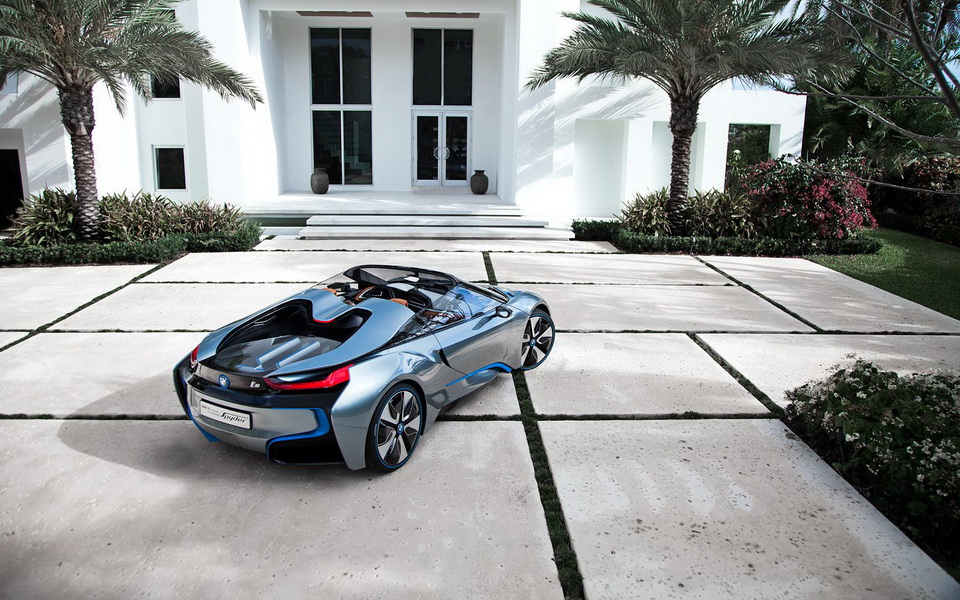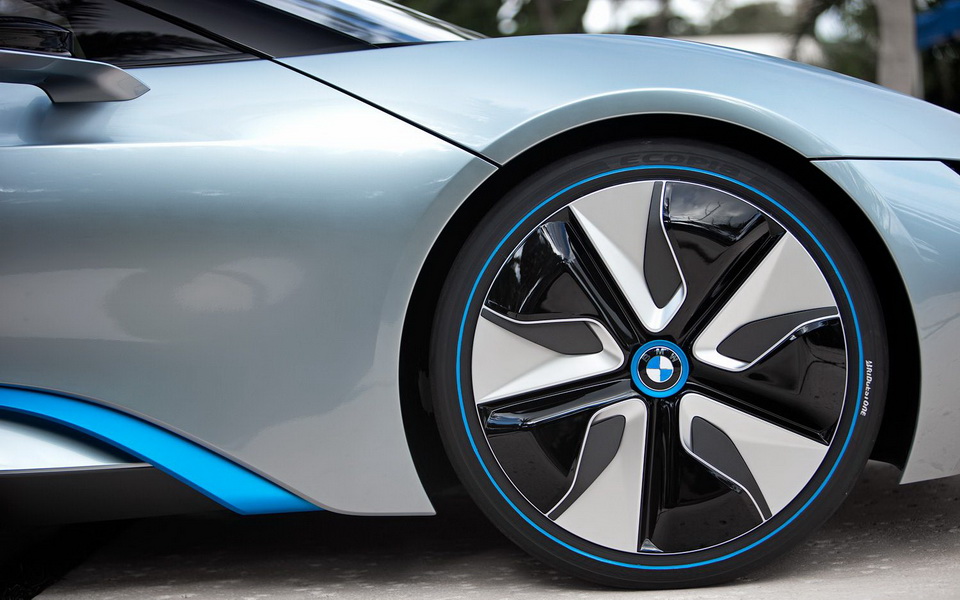Considered the next step from BMW Vision EfficientDynamics, the i8 concept vehicle is possibly the most innovative and progressive probable concept car of the near future. The BMW team believes that the fuel efficiency of a hybrid and the stamina of a sports car can be combined in one supercar. This one. Emotional, dynamic and efficient.
BMW i8 Concept can travel up to 20 miles on electric power alone thanks to its big lithium-ion battery. As far as the engine is concerned, it’s a high performance 3-cylinder combustion engine 164 kW/220 hp and 300 Nm (221 lb-ft) at the rear. Release date: 2014
The i8 wasn’t just a car; it was a statement of intent, blending futuristic design, sustainable engineering, and electrified performance. Nearly a decade later, the legacy of the i8 Concept continues to resonate, serving as a touchstone for innovation in the electric and hybrid vehicle market.
Table of Contents
A Bold Design for a Brave New Era
The BMW i8 Concept made an unforgettable first impression with its striking, futuristic design. Sleek, aerodynamic lines, gullwing doors, and an aggressive stance made it look like a car pulled straight from a science fiction movie. Yet, every aesthetic detail served a functional purpose, enhancing both performance and efficiency.
At its core, the i8 was built with aerodynamics in mind. The teardrop shape, low-slung silhouette, and carefully crafted contours reduced drag and improved overall efficiency. This wasn’t just about achieving speed—it was about maximizing the energy potential of the car’s hybrid drivetrain.
Key Features of the Design
- Gullwing Doors: Not only a dramatic visual feature, but the upward-opening doors also enhanced accessibility and showcased the i8’s futuristic flair.
- Laser Headlights: BMW equipped the concept with laser headlights, a groundbreaking technology at the time, offering brighter and more efficient illumination.
- Transparent Panels: The use of transparent materials in parts of the body, including the doors and roof, added a sense of lightness and emphasized the car’s eco-conscious ethos.
The use of advanced lightweight materials, including carbon-fiber-reinforced plastic (CFRP) and aluminum, not only contributed to the i8’s striking appearance but also played a critical role in its performance and efficiency. By reducing weight wherever possible, BMW demonstrated that sustainability and sports car agility could coexist.
Hybrid Powertrain: Redefining Performance
Beneath the BMW i8 Concept’s futuristic exterior lay a hybrid powertrain that married cutting-edge technology with an impressive performance pedigree. Unlike traditional sports cars that relied solely on powerful internal combustion engines, the i8 Concept embraced electrification, marking a bold departure from convention.
The vehicle featured a plug-in hybrid system that combined a 1.5-liter three-cylinder gasoline engine with an electric motor. Together, this setup produced a combined output of 362 horsepower, enabling the i8 to accelerate from 0 to 60 mph in just 4.4 seconds. However, performance wasn’t the only priority—efficiency and sustainability were equally vital.
Dual Power Sources
- Gasoline Engine: The turbocharged 1.5-liter engine powered the rear wheels, offering a robust and sporty driving experience.
- Electric Motor: Positioned on the front axle, the electric motor delivered instant torque, ensuring smooth acceleration and seamless transitions between power sources.
This dual powertrain setup allowed for all-wheel drive capability, a feature that enhanced traction and handling. Additionally, the i8 Concept offered several driving modes, including a fully electric mode with a range of up to 22 miles. This versatility made it a car that could adapt to a variety of driving conditions while maintaining exceptional fuel efficiency.
